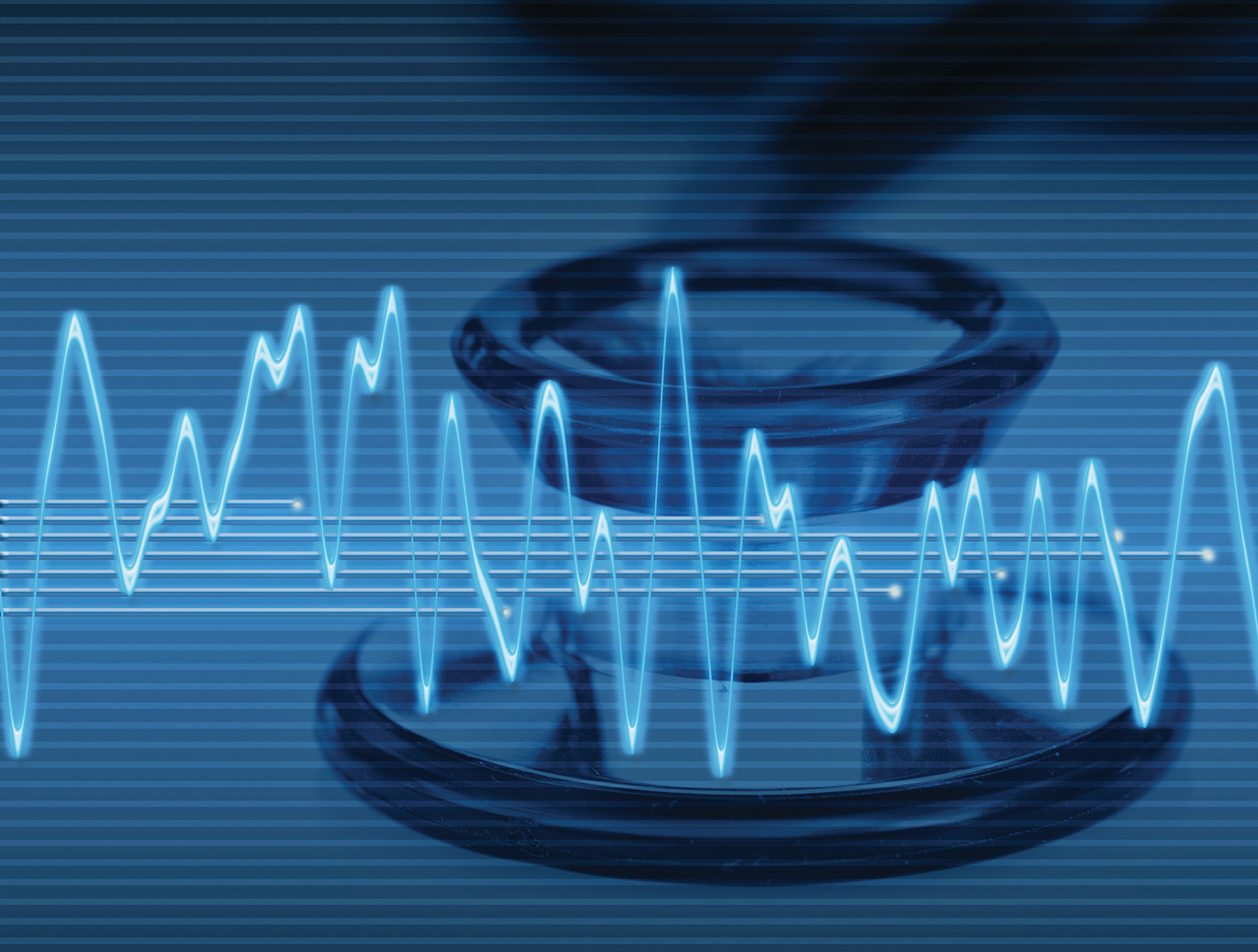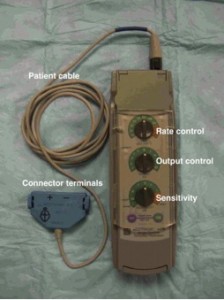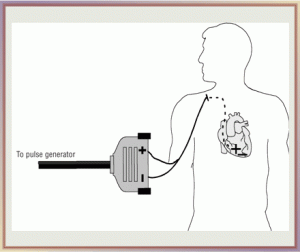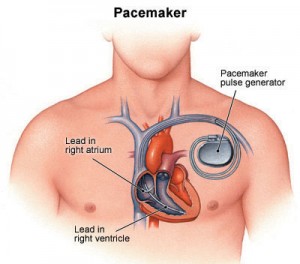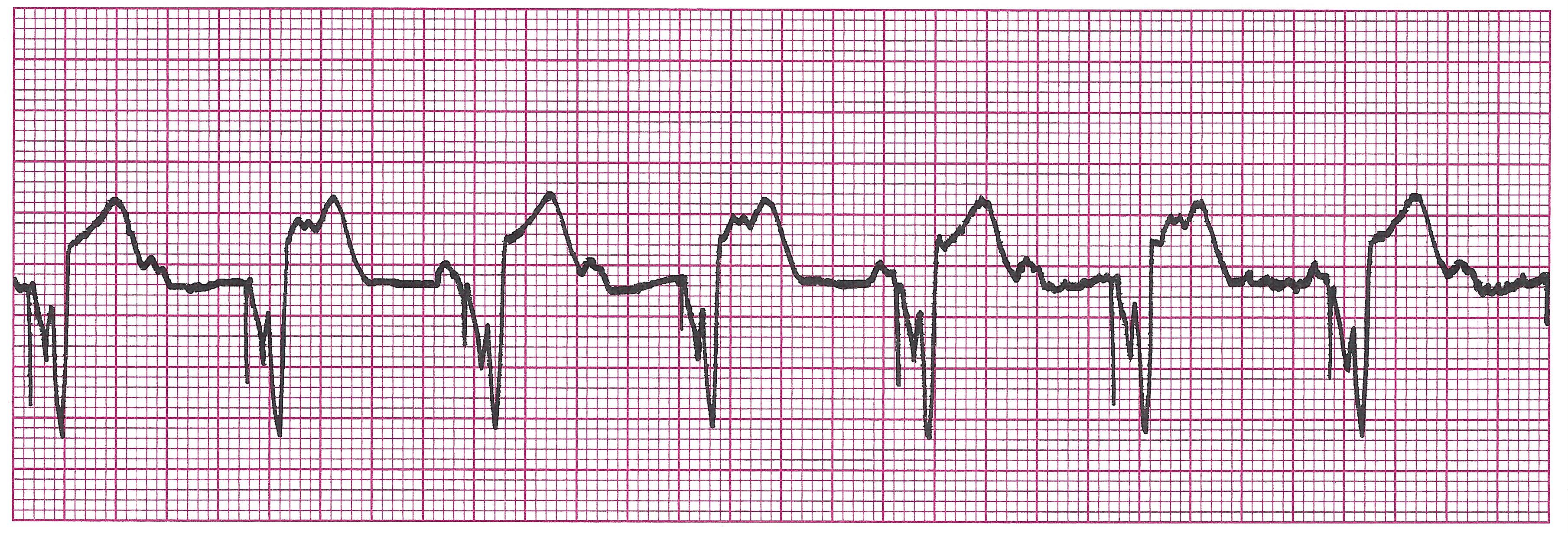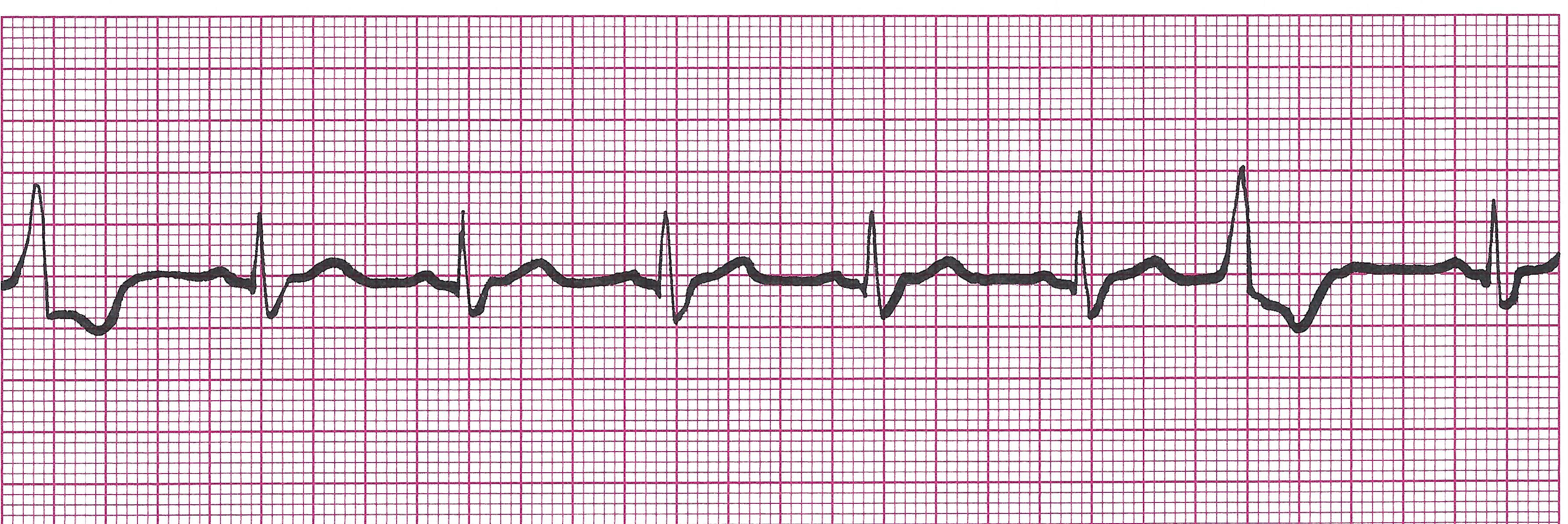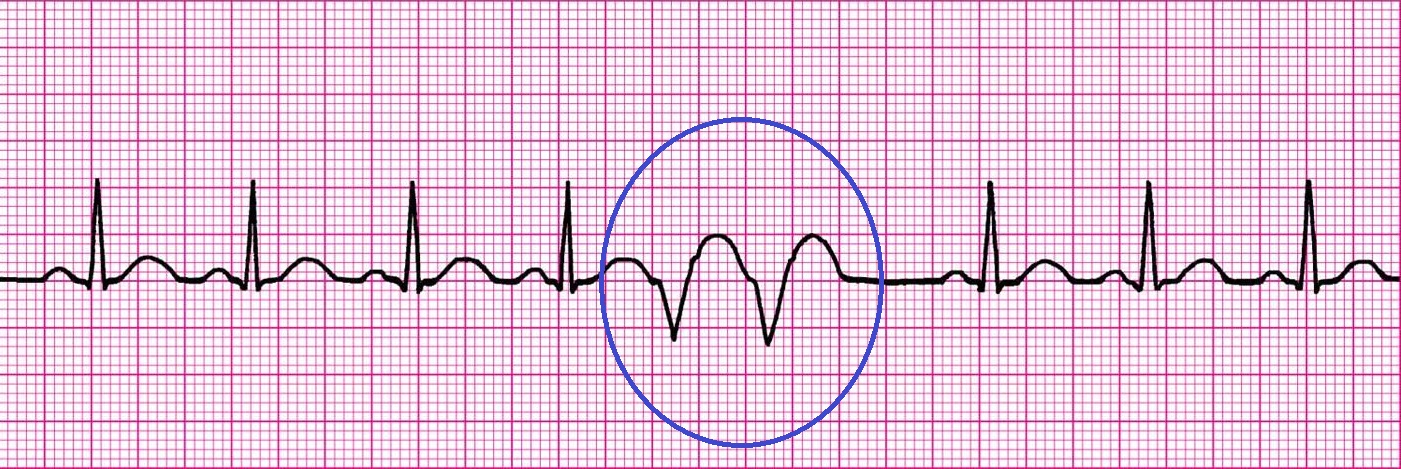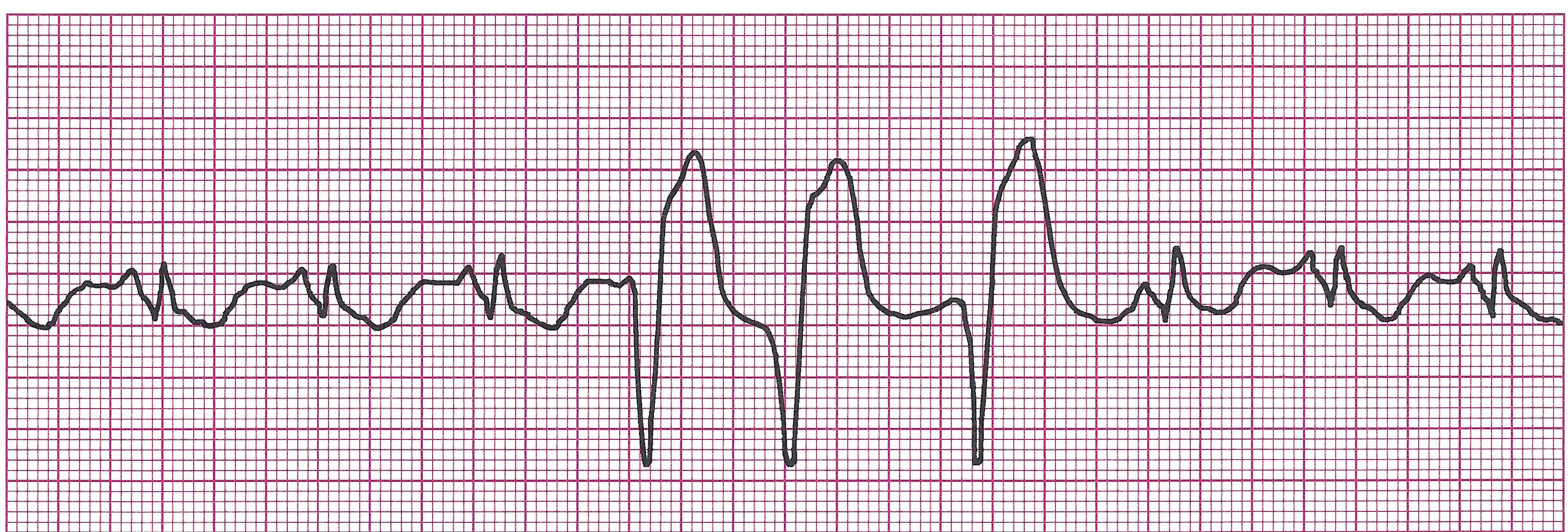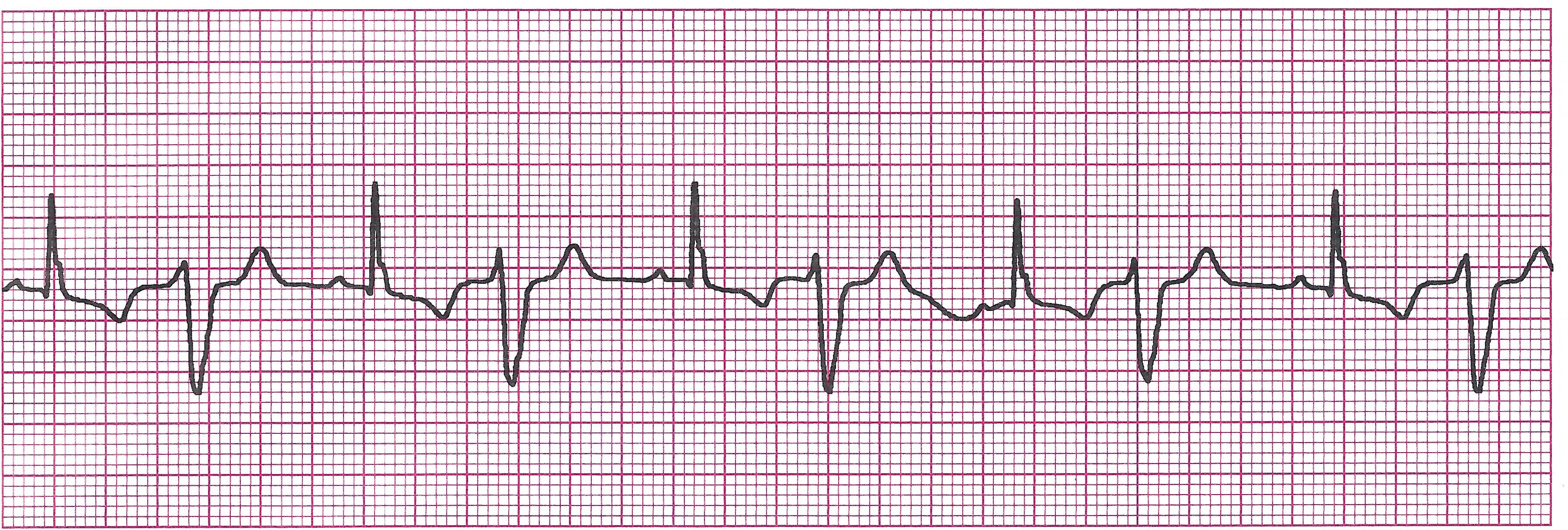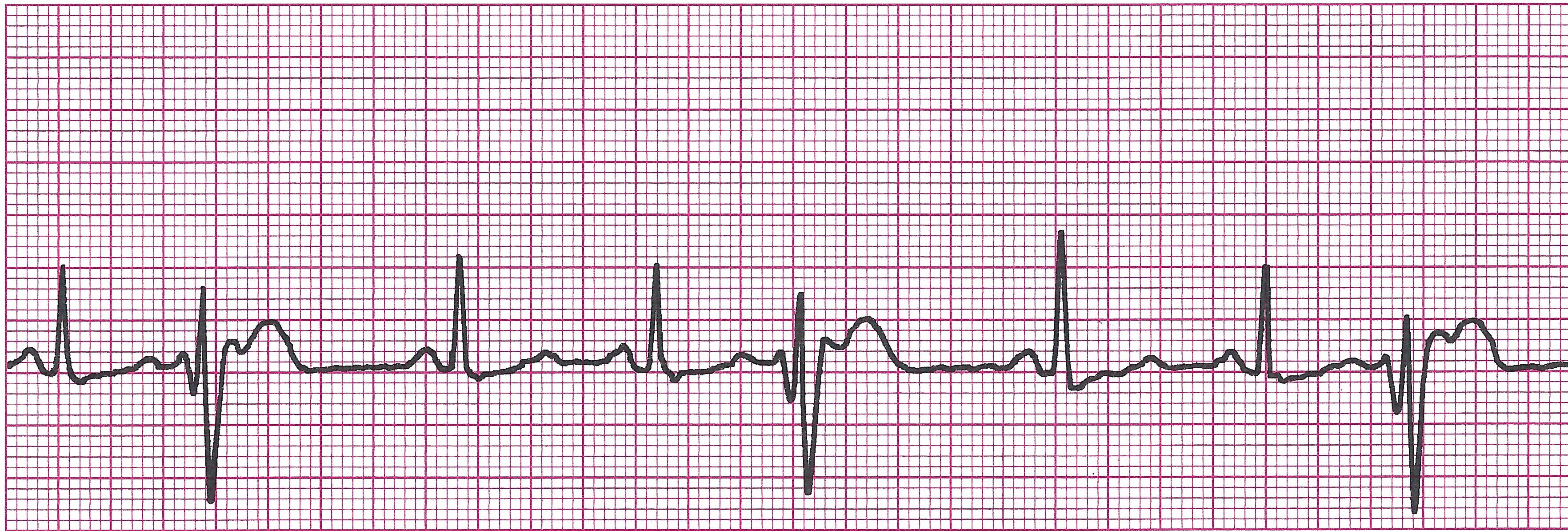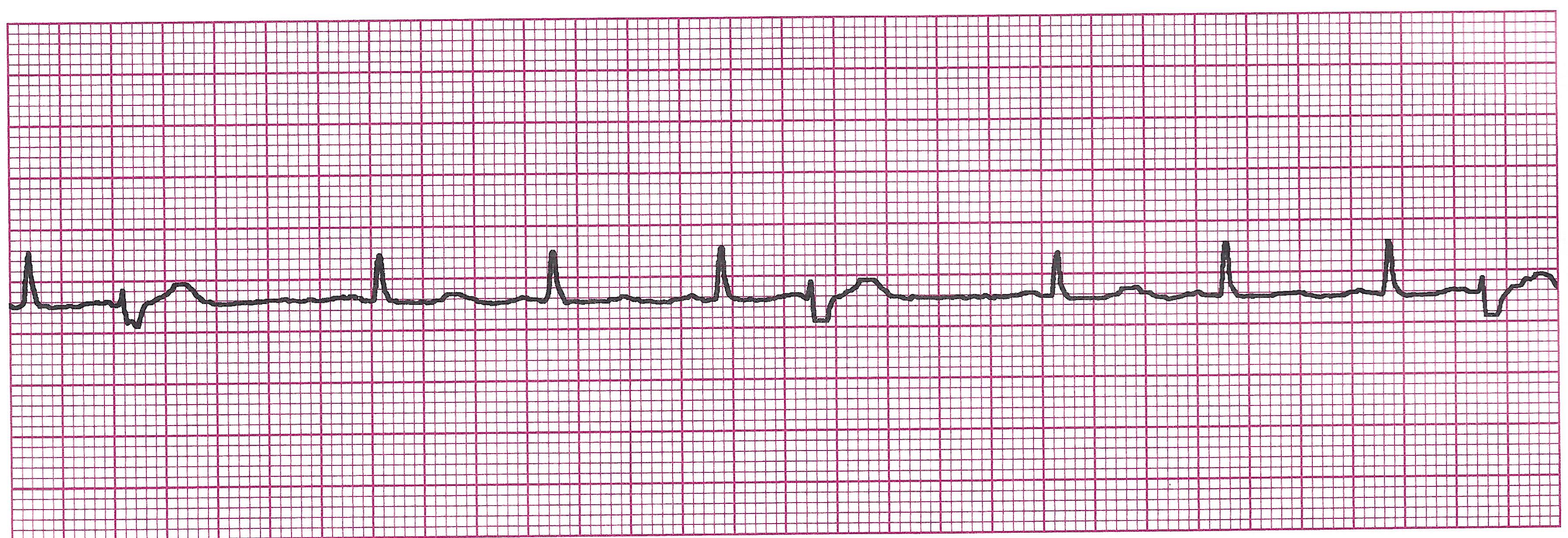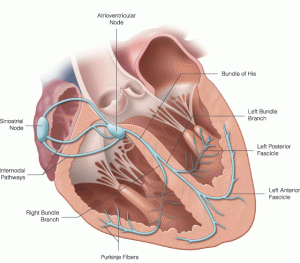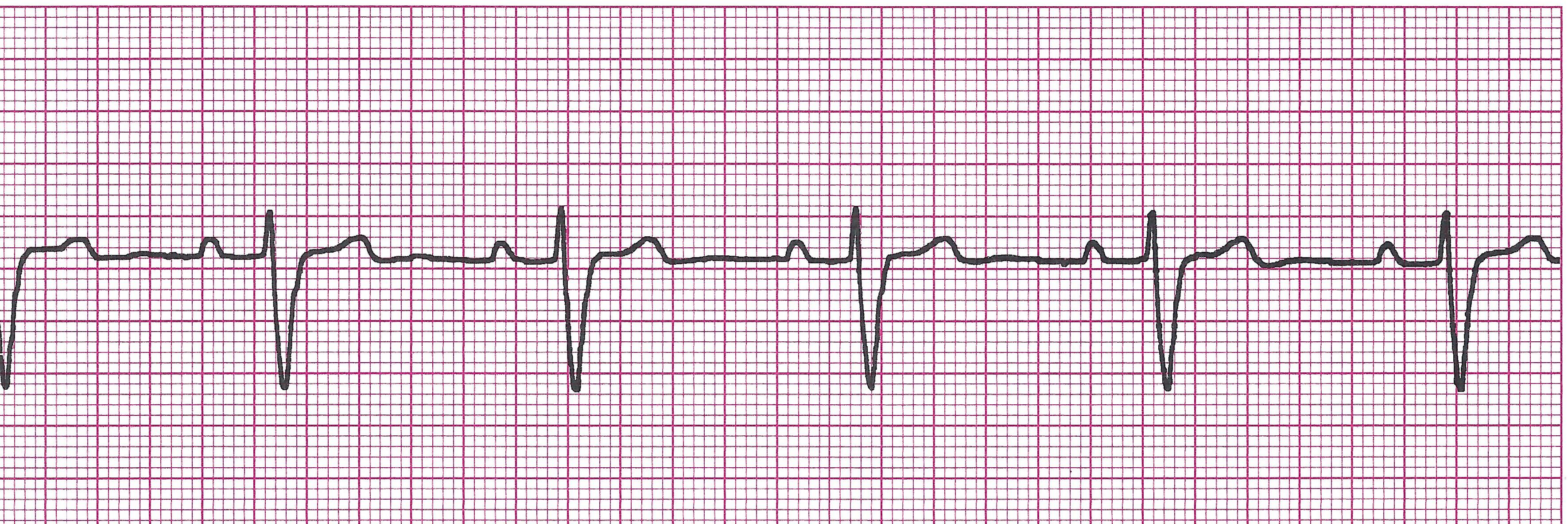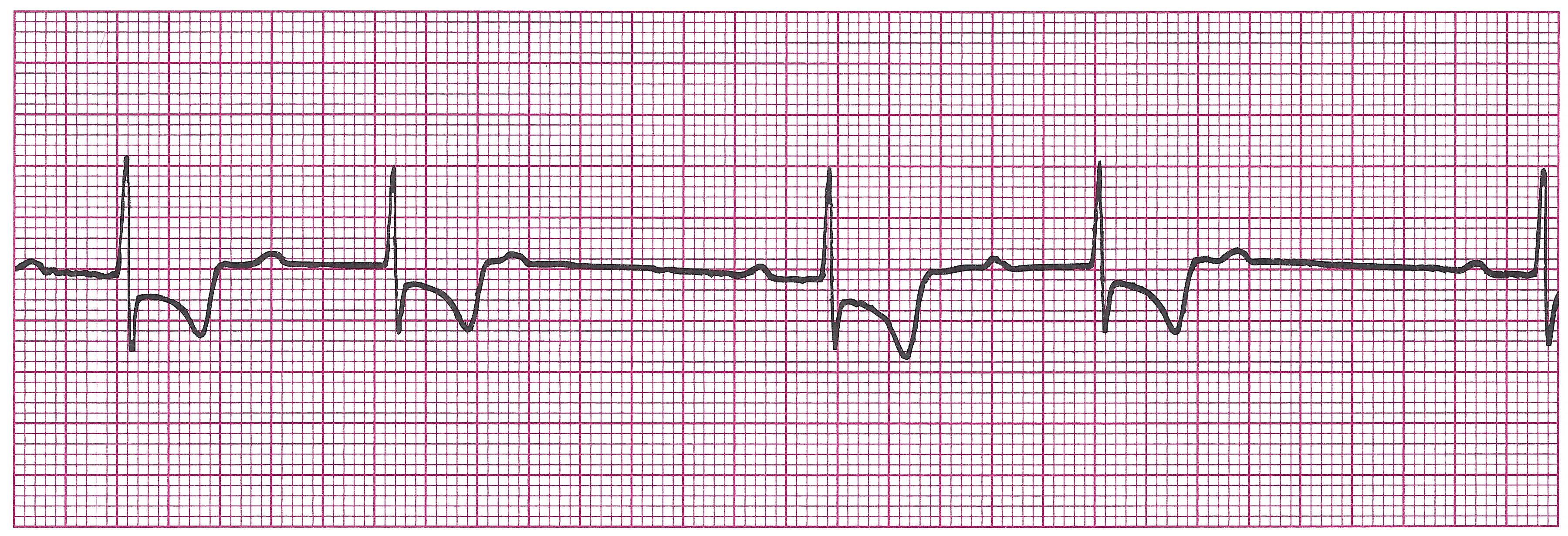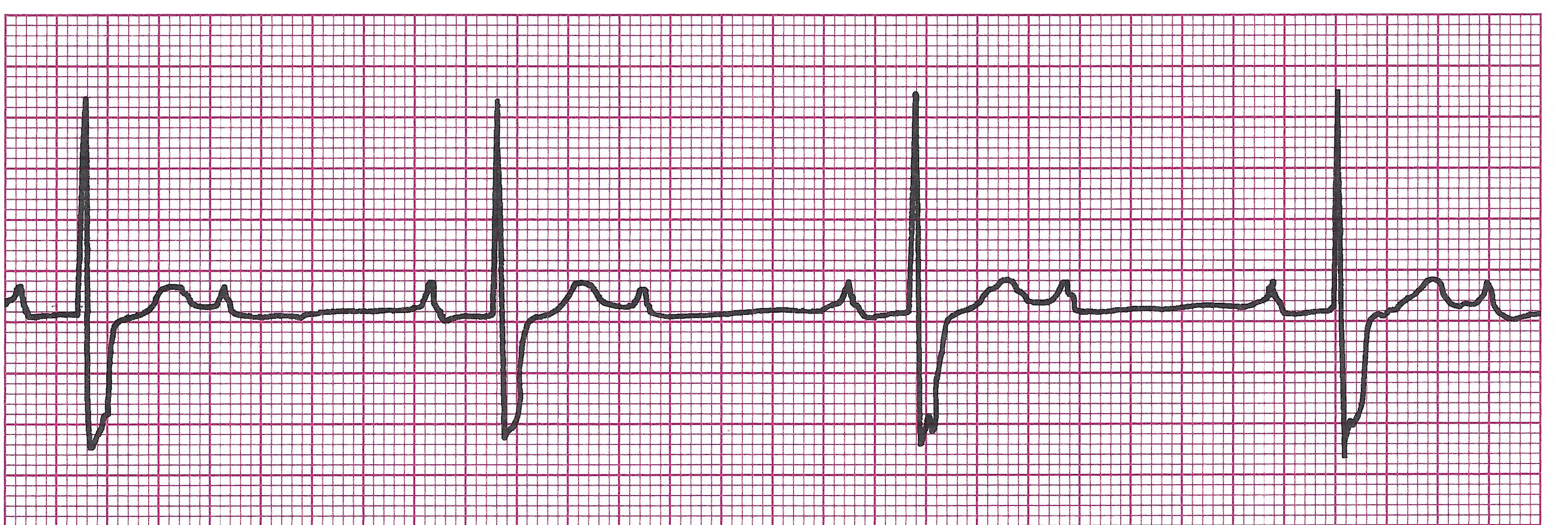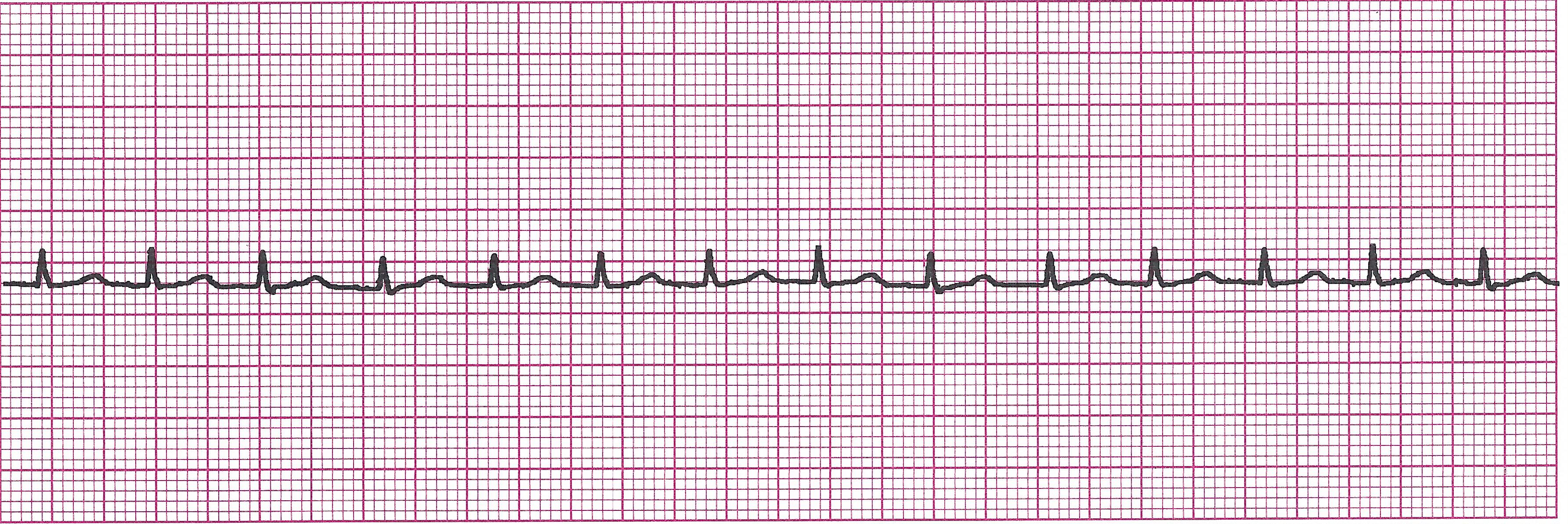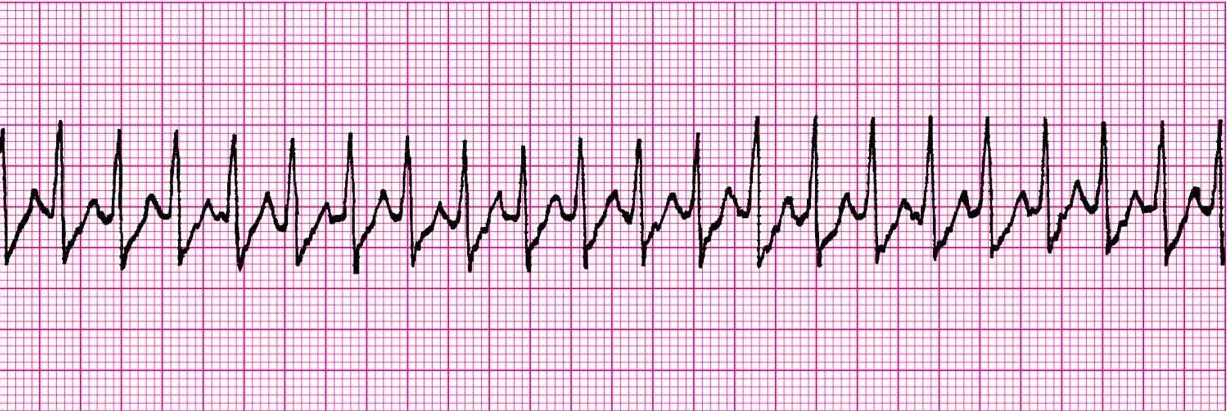References
Aehlert, B. (2002) ACLS Quick Review Study Guide. St Louis, MO: Mosby, Inc.
Allen, D., Bekken, & N., Crisfulla, K., et al. (2011) ECG Interpretation Made Incredibly Easy (5th ed.). Philadelphia, PA: Wolters Kulwer/Lippincott Williams & Wilkins.
Brose, J. A., Auseon, J. C., Waksman, D., & Jarosick, M. J. (2000) The Guide to EKG Interpretation, Revised Edition. Athens, OH: Ohio University Press.
Cason, L., Grbach, W., & Groban, M., et al. (2013) ACLS Review Made Incredibly Easy (2nd ed.). Philadelphia, PA: Wolters Kulwer/Lippincott Williams & Wilkins.
Ellis, K. M. (2002) EKG in a Heartbeat. Upper Saddle River, NJ: Prentice Hall.
Hazinski, M. F., Cummins, R. O., & Field, J. M. (Eds.) (2002) Handbook of Emergency Cardiovascular Care for Healthcare Providers. Dallas, TX: American Heart Association.
Hodges, R. K., Garrett, K. M., Chernecky, C., & Schumacher, L. (2005) Real-World Nursing Survival Guide: Hemodynamic Monitoring. St Louis, MO: Elsevier Saunders.
Huff, J. (2012) ECG Workout: Exercises in Arrhythmia Interpretation (6th ed.). Philadelphia, PA: Wolters Kulwer/Lippincott Williams & Wilkins.
Schumacher, L. & Chernecky, C. (2005) Real-World Nursing Survival Guide: Critical Care and Emergency Nursing. St Louis, MO: Elsevier Saunders.
Resources
Texas Heart Institute
http://www.texasheartinstitute.org
American College of Surgeons Online
http://www.acssurgery.com
American Association of Critical Care Nurses
http://www.aacn.org







